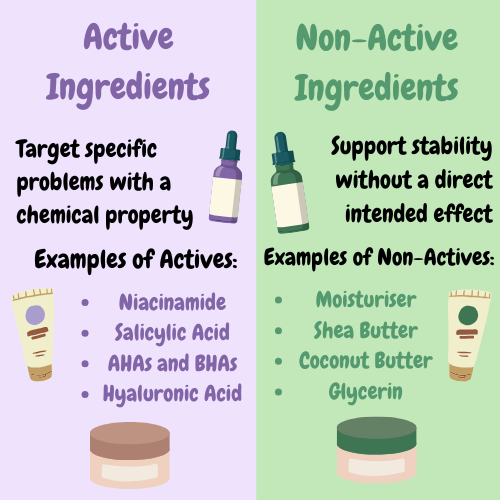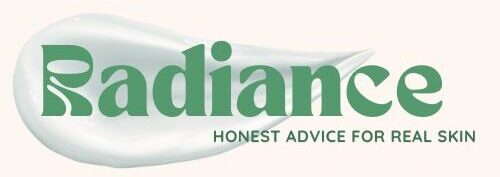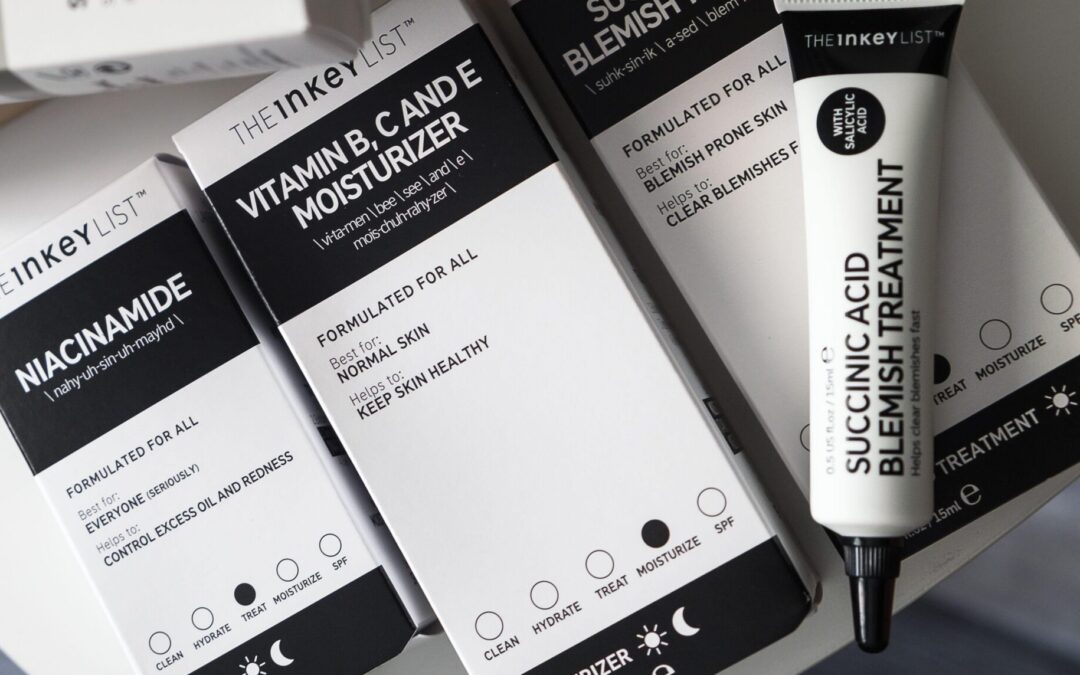Have you ever looked at a product and thought: how the hell do I know what type of ingredient this is? Often on #SkinTok people throw around all types of confusing skincare terminology, such as topical, peptides, the ‘caveman routine’…but one we mostly see is actives vs non-actives.
Andrea Rustad, MD, Resident Dermatologist, spoke to us about the crucial differences when understanding these types of ingredients.
“An active ingredient is something that’s specifically targeting a specific skin concern and has a property that is actually going to affect changes in the skin. All skincare ingredients take time to work and that means not months, days. So whenever you’re trying something, you have to make sure you’re giving it adequate time.”
She also explains the dangers of using active ingredients.
Read more similar articles: Scalps Acids – Hit or Miss?
“I think a lot of the most common actives we see are very exfoliation focused. Sometimes people tend to go overboard with that, and it can lead to a lot of skin irritation and that can be a problem. But if you’re balancing them correctly, it should be okay.”
So… what is a non-active ingredient?
“A non-active is kind of like the vehicle of something, whether that’s like a cream or an ointment, and those can certainly have beneficial properties like moisturizing and keeping the skin barrier intact. But the actives are meant to target a specific problem with a chemical property.”
From what Andrea explains, it seems that we don’t often directly engage with the benefits of inactive ingredients, rather they help in the background. Take Vitamin C for example, it doesn’t directly address any concerns such as acne but still can be beneficial to the skin.
It seems that actives often provide a specific function whereas inactives provide support without a direct intended effect, such as moisturiser. However, if that’s a lot to remember, here’s a useful graphic that can help you out.





